Aplenty Bel Patta – Bel Patra | Bilva Bel Leaf | Aegle Marmelos | Golden Apple | Stone Apple Leaves
- Delivered today (order Mon-Fri before 12:00, delivery between 17:00 and 22:00)
- Including shipping costs, sent by klbtheme.com
- Pick up at a klbtheme.com collection point is possible
- 30 days to change your mind and free returns
- Day and night customer service
Description
Bel patra is a plant also known as bilva patra in Sanskrit. The word ‘bilva’ means the bel tree and ‘patra’ means leaf. The plant, bel patra, also includes the bel fruit, which comes with a hard shell and tastes a little tangy. There are various names and pronunciations of bel patra depending on the region you belong to in India. The plant has a cultural, social, and therapeutic value.
BENEFITS OF BELPATRA
- If you suffer from odor troubles due to excess perspiration or rashes on the skin, then applying the mixture of bel patra for a few days will help reduce body odor.
- Eating or drinking the juice of bel patra can help solve the problem of hair fall and smoothen rough and dry hair.
- The mixture of bel patra helps remove white spots on the skin that may develop as a side effect of medicine.
- Bael Leaf provides a gentle laxative action that helps cleanse the intestines and support regular bowel movements.
- The consumption of bael leaf has been found to help the natural production of endogenous insulin and support glucose metabolism.
Traditional Use of Bael Leaf
Bael Leaf is revered in both the Hindu and Buddhist religions. For Hindus, the tree is considered sacred and can often be found in temples and gardens. The plant is mentioned in Hindu Scripture and is beloved by the goddess Lakshmi and believed to be an incarnation of the goddess Sati. Perhaps most notably, Bael Leaf is admired by Lord Shiva and the fruit is widely used to worship Shiva. There is a folk practice in both Buddhism and Hinduism that utilizes Bael Leaf in a fertility ritual for girls to guarantee marriage and status.
Additional information
| Weight | N/A |
|---|---|
| Weight | 100g, 200g, 400g, 800g |

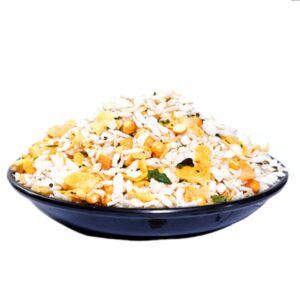

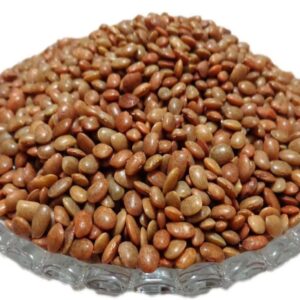
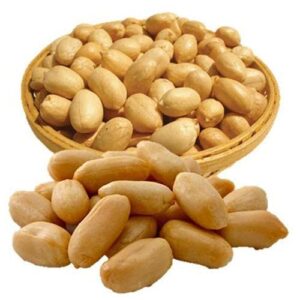








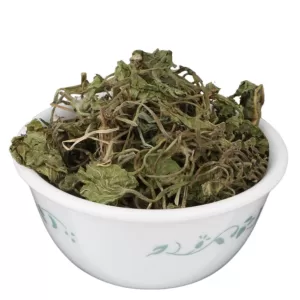
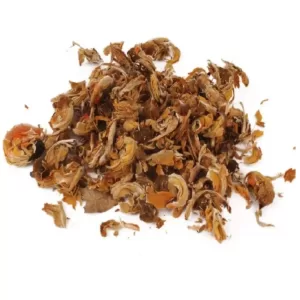

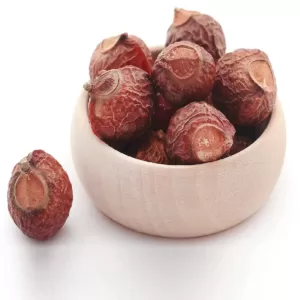

Reviews
There are no reviews yet.